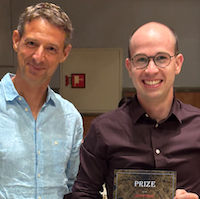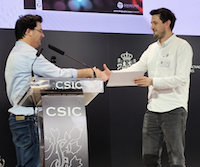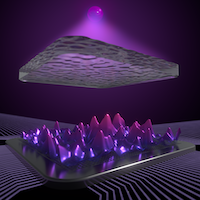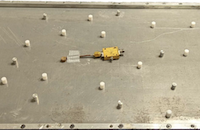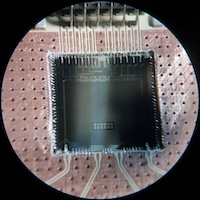In a collaboration with Kostya Bliokh and Zeyu from our group, we just published a new article in Reports on Progress in Physics. We show there how the decomposition of the phase in a wave’s evolution in a geometric and a dynamic part can be extended to scattering problems – opening up many new and interesting research avenues.





